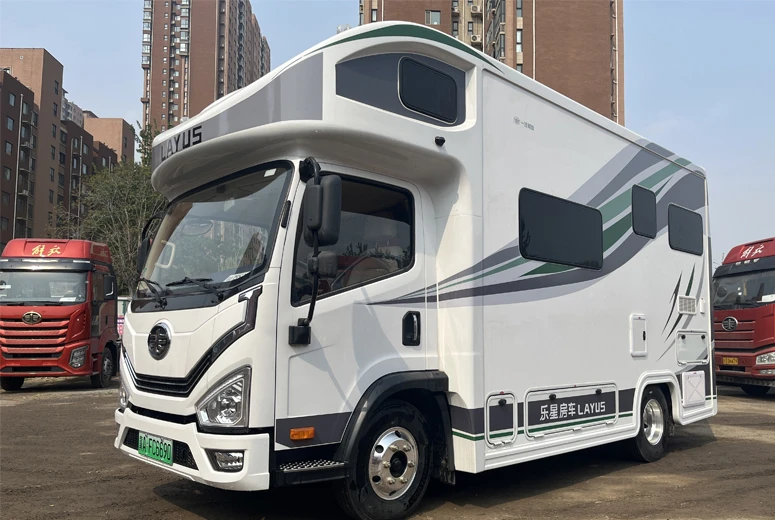heavy equipment trucks
The Evolution and Impact of Heavy Equipment Trucks
Heavy equipment trucks are an essential backbone of modern industry, playing a critical role in construction, mining, and various types of infrastructure projects. These robust vehicles are designed to transport heavy machinery and materials, enabling the completion of large-scale projects that are vital for economic growth. Over the years, these trucks have evolved significantly, incorporating advanced technology and engineering to enhance their performance and efficiency.
The Historical Context
The origins of heavy equipment trucks can be traced back to the early 20th century when the demand for reliable transportation methods grew alongside urbanization and industrialization. The introduction of motorized vehicles revolutionized the way goods were carried, moving away from horse-drawn wagons which were limited in capacity and speed. Early versions of heavy equipment trucks were primarily used for transporting logs and other materials in the forestry and construction industries. As machinery became heavier and more complex, so too did the design and capabilities of these trucks.
Technological Advancements
Today, heavy equipment trucks are marvels of engineering, equipped with powerful engines, advanced braking systems, and sophisticated suspension technologies that allow them to carry significant loads over diverse terrains. The incorporation of GPS technology, telematics, and automation has transformed how these vehicles operate. Fleet managers can monitor the location, usage, and maintenance needs of their trucks in real-time, facilitating better operational efficiency and reducing downtime.
Moreover, innovations in materials science have led to the development of lighter yet more durable truck bodies, allowing for higher payload capacities without compromising safety. More recently, there has been a growing focus on sustainability, with many manufacturers exploring electric and hybrid models to reduce emissions and fuel consumption.
The Role in Modern Industry
heavy equipment trucks

Heavy equipment trucks are indispensable in various sectors, including construction, mining, agriculture, and logistics. In the construction industry, they transport everything from bulldozers to excavators, ensuring that projects can proceed on schedule. The mining sector relies heavily on these trucks to move raw materials from mines to processing facilities, where they are refined into usable products. In agriculture, they transport heavy equipment and materials necessary for large-scale farming, while in logistics, they play a crucial role in moving goods between warehouses and distribution centers.
The impact of heavy equipment trucks extends beyond mere transportation; they enable the timely completion of critical projects. For instance, roads, bridges, and public facilities can be built more quickly due to the efficiencies provided by modern heavy equipment trucks. Consequently, they contribute significantly to economic development, job creation, and infrastructure improvement.
Challenges and Future Outlook
Despite their many benefits, heavy equipment trucks also face challenges. Issues such as rising fuel costs, stricter emissions regulations, and the need for skilled operators are significant considerations for fleet managers and transportation companies. Moreover, the industry must navigate the complexities of global supply chains, particularly in times of crisis such as the COVID-19 pandemic, which revealed vulnerabilities in logistics networks.
Looking to the future, the heavy equipment truck industry is poised for further transformation. As technology continues to evolve, autonomous trucks and advancements in electric vehicle technology are expected to redefine the landscape. Such innovations promise to enhance safety, reduce operational costs, and minimize environmental impact.
Conclusion
In conclusion, heavy equipment trucks are vital contributors to the efficiency and productivity of modern industries. Their evolution reflects technological advancements and the changing demands of the market. As the industry faces new challenges and opportunities, the future of heavy equipment trucks remains bright, promising continued innovation and growth in the years to come.
-
SINOTRUK HOWO 84 Electric Dump Truck for Eco-Friendly Heavy HaulingNewsJul.26,2025
-
The Fast 16-Gear Manual Transmission Assembly for Heavy TrucksNewsJul.25,2025
-
Mercedes Benz Actros 1848 42 Tractor Truck for Sale - Reliable PerformanceNewsJul.24,2025
-
High-Quality Water Pump Assembly for Sinotruk Trucks – Durable & ReliableNewsJul.23,2025
-
Premium Truck Engine Antifreeze Coolant Fluid for Heavy Duty VehiclesNewsJul.22,2025
-
FOTON View G7 Mini Bus: Affordable & Spacious TransportNewsJul.22,2025
Popular products

























